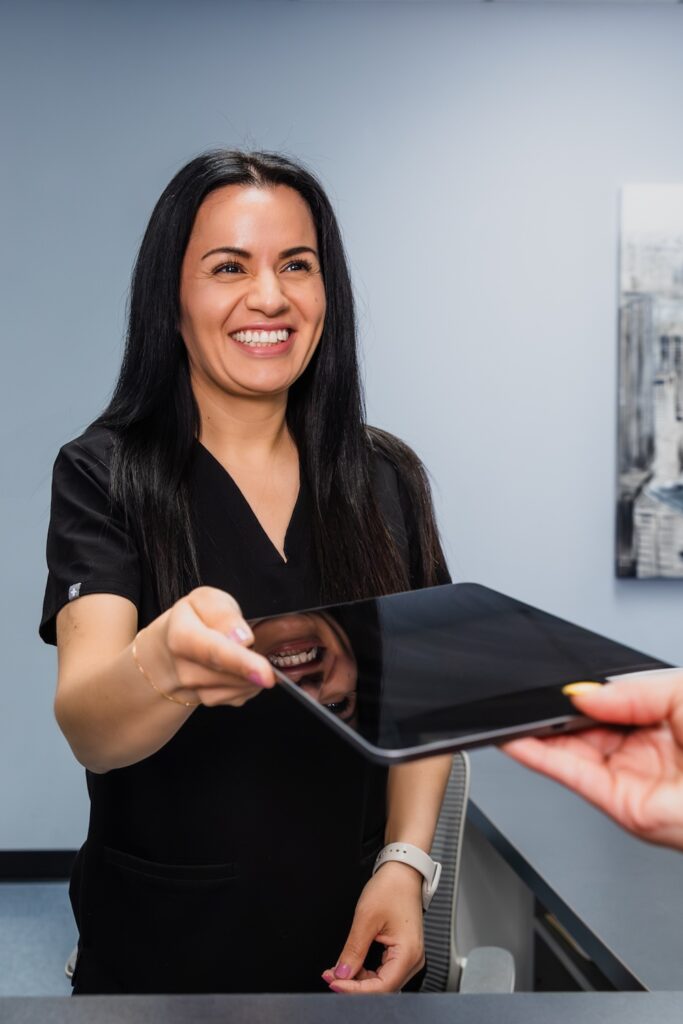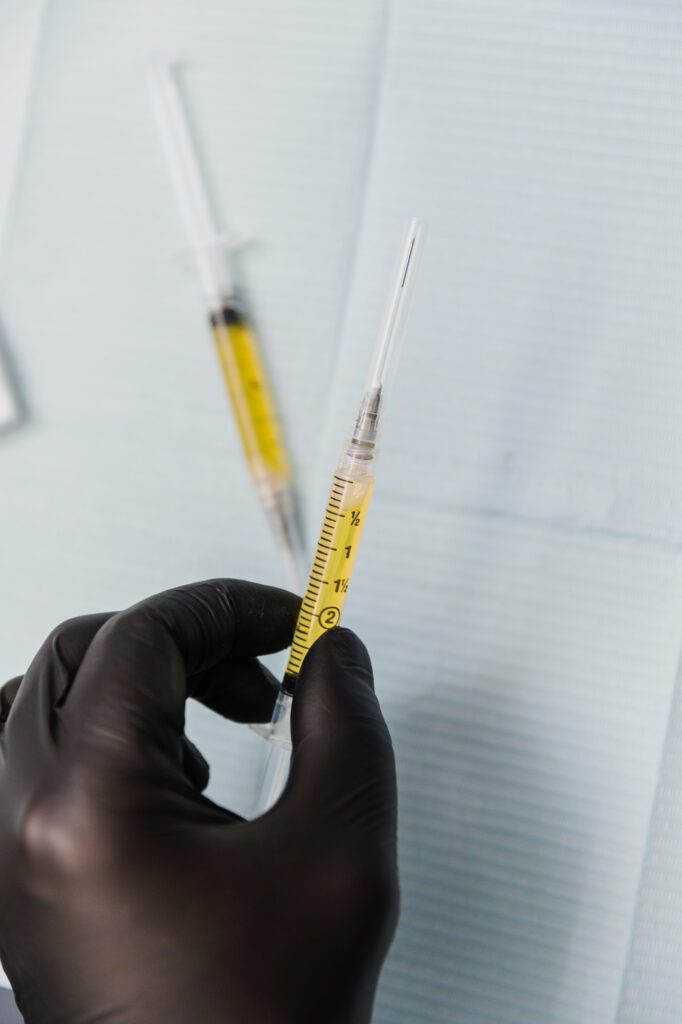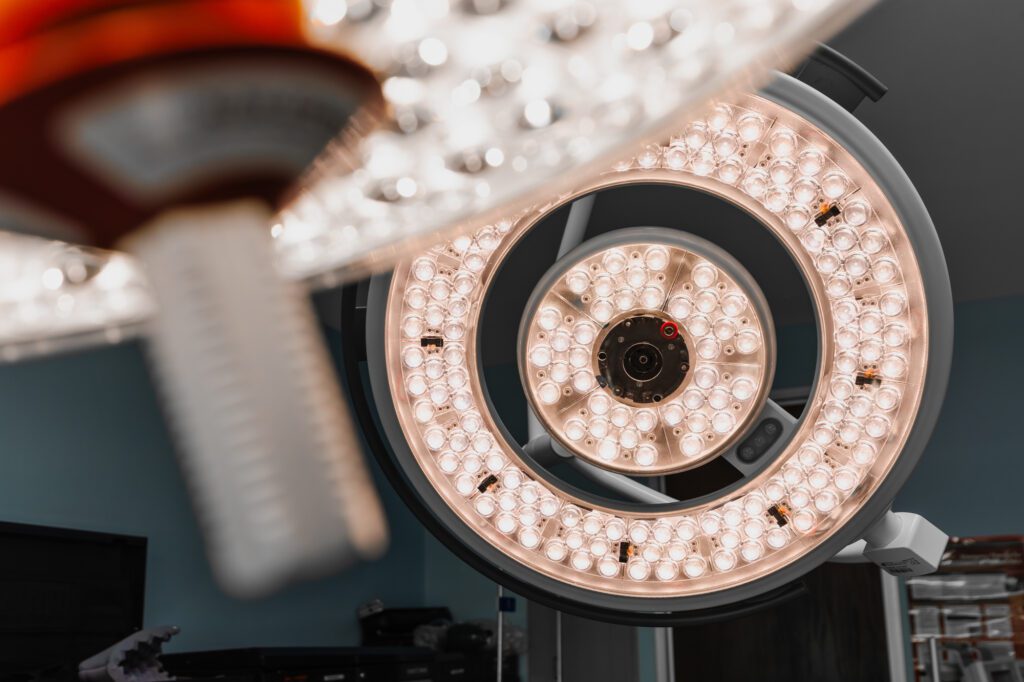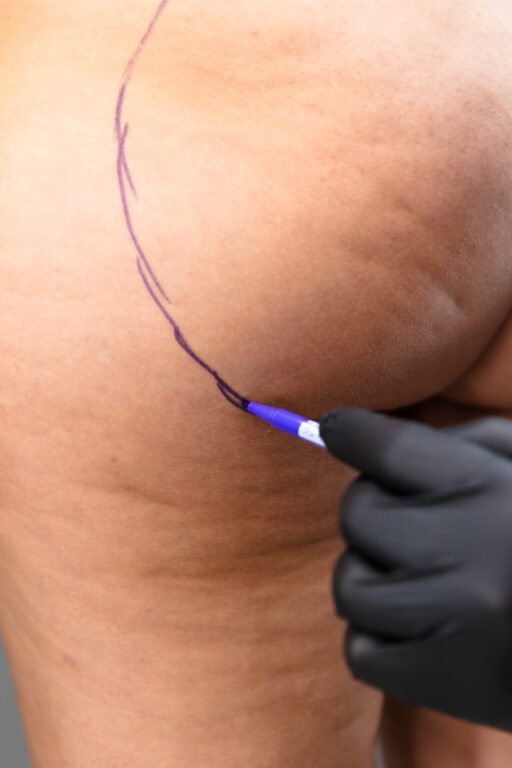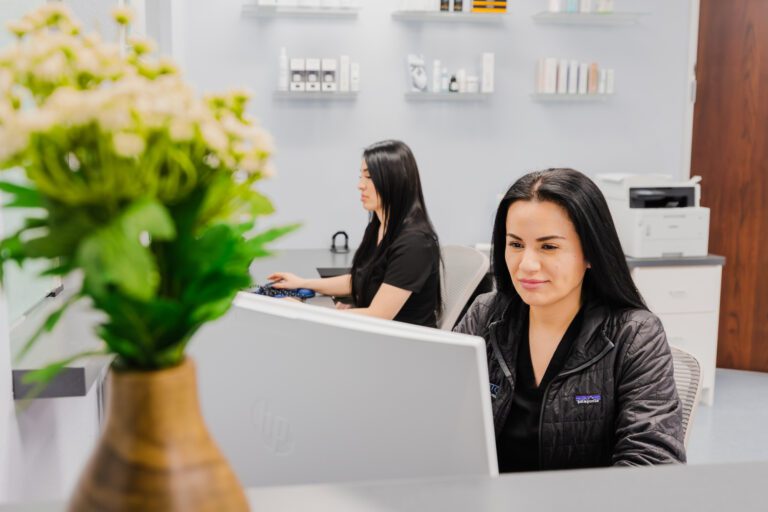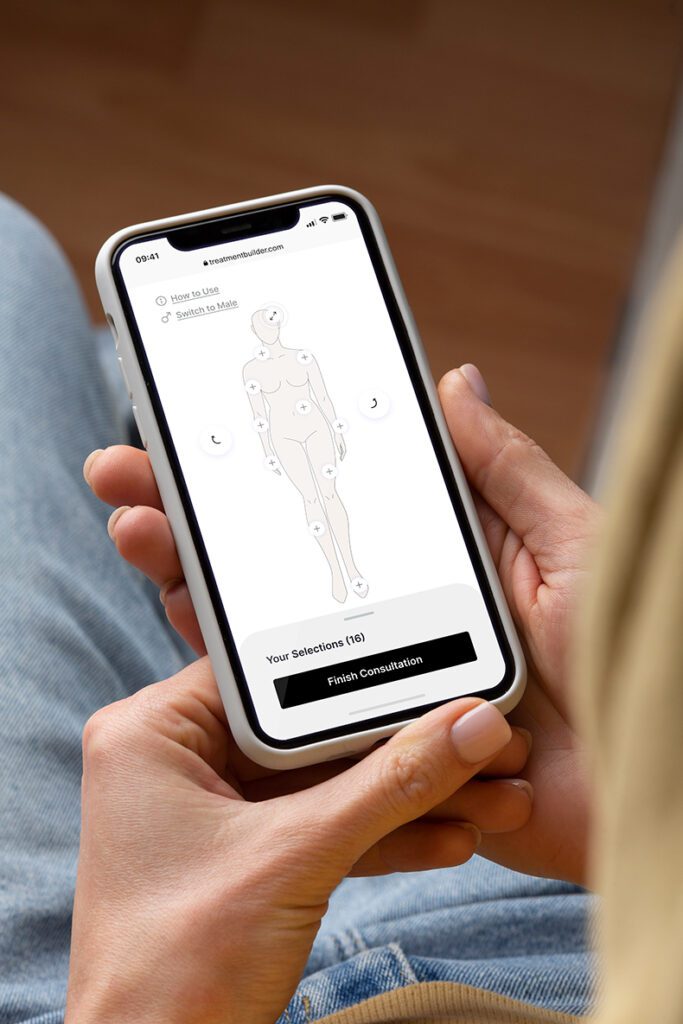Urinary Incontinence Treatments in Los Angeles Help You Be Totally You Again
A belly laugh is like therapy. A hard workout works! And sometimes a sneeze is satisfying.
Unless you have urinary incontinence.
Our treatments can return control, letting you live without fear.
Causes of Urinary Incontinence
- Pelvic floor tissue damage
- Weakened pelvic floor muscles
- Issues from childbirth
- Obesity
- Smoking
- Lower back pain
Commonly Affected Areas
- Stress urinary incontinence
- Urge urinary incontinence
Urinary Incontinence Treatments
Who makes a good candidate for urinary incontinence treatments in Los Angeles?
50% of women experience urinary incontinence from normal daily activities.
Good candidates for urinary incontinence treatments are patients who experience mild stress urinary incontinence or urge urinary incontinence and are over the age of 18. You may be a good candidate if you experience any of the following:
- Sneezing: “I pee when I sneeze”
- Coughing: “I pee when I cough”
- Laughing: “I pee when I laugh
- Exercising: “I pee when I workout”
What kind of exercise therapy is useful for urinary incontinence?
The most common nonsurgical treatment for urinary incontinence is bladder exercise therapy. This involves bladder strengthening exercises and pelvic floor strengthening exercises. Kegel exercises are an important part of these therapies, as they help firm or contract the muscles inside the vagina. They also firm or contract muscles that work to hold in urine.
Your Younique provider can create an exercise regimen that matches your abilities and lifestyle. They can also suggest various treatments and medicines that will support your efforts to reach better control of your urine.
Does growing older always cause urinary incontinence?
Some of the possible effects of aging can contribute to urinary incontinence; however, urinary incontinence shouldn’t be considered a “normal” part of the aging process.
If you’re mature and experience urinary incontinence, we should have a consultation. You’ll be evaluated for the condition in the same way all other age groups are. We see urinary incontinence in people of all ages, so you don’t have to “just accept it” as you grow older.




